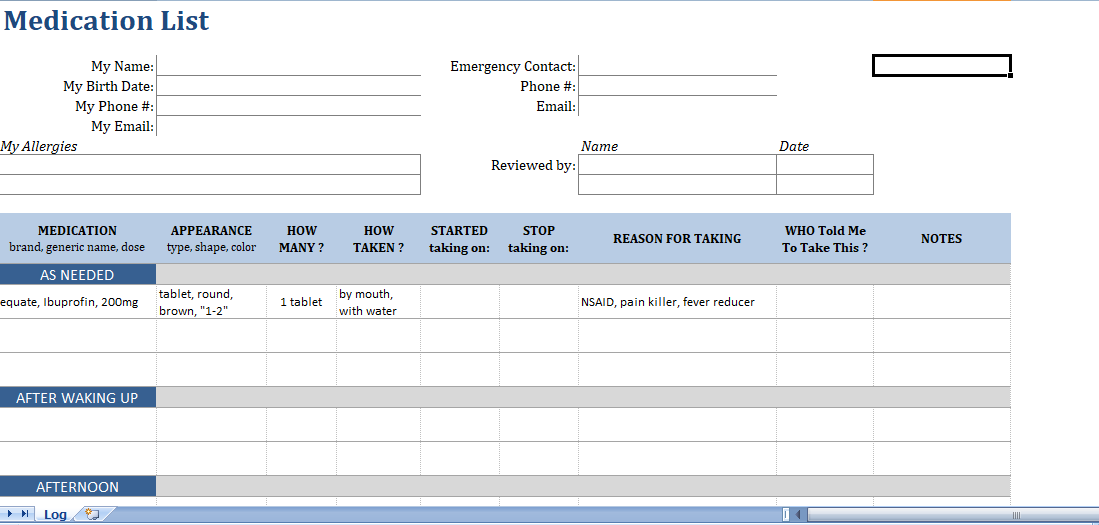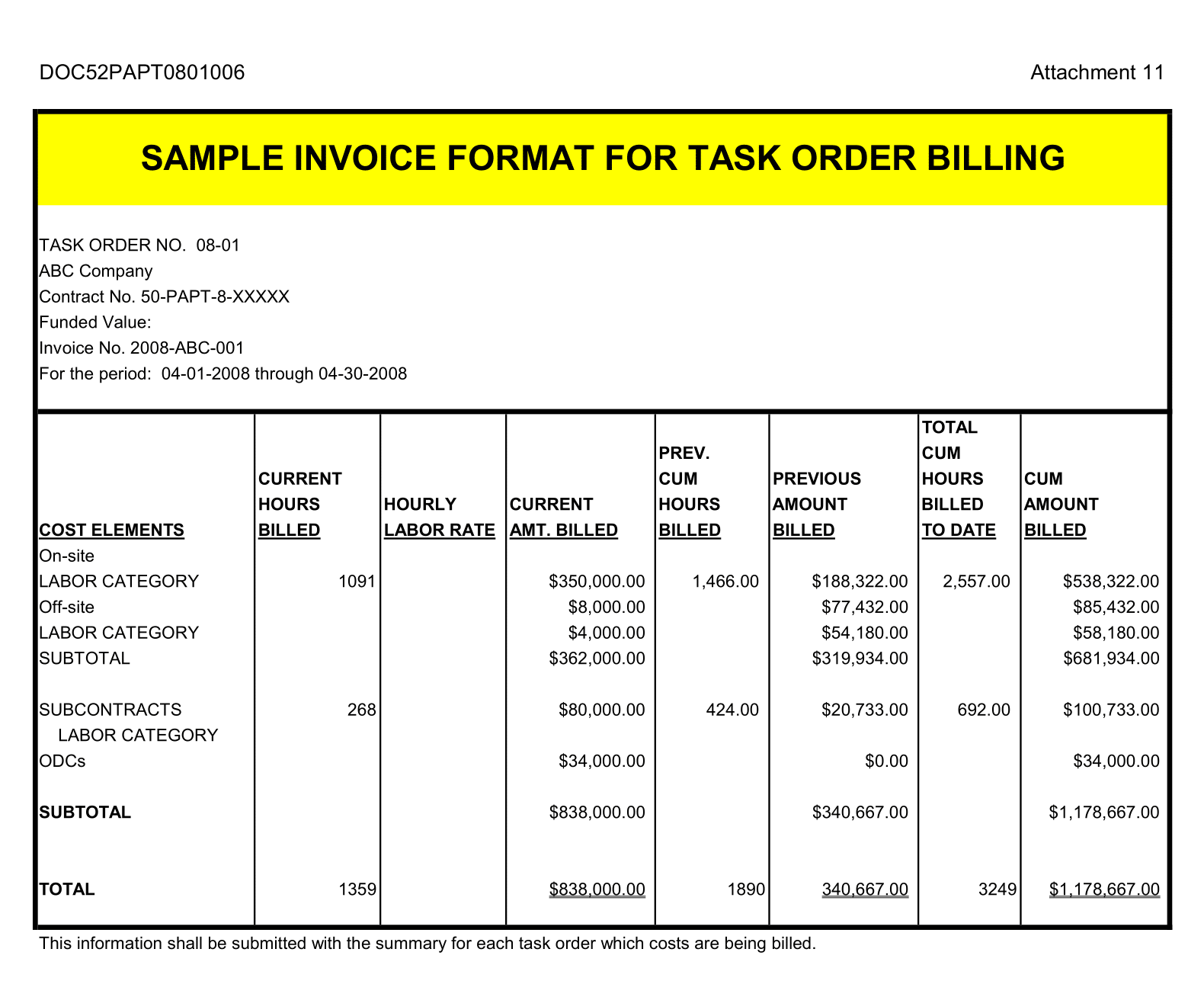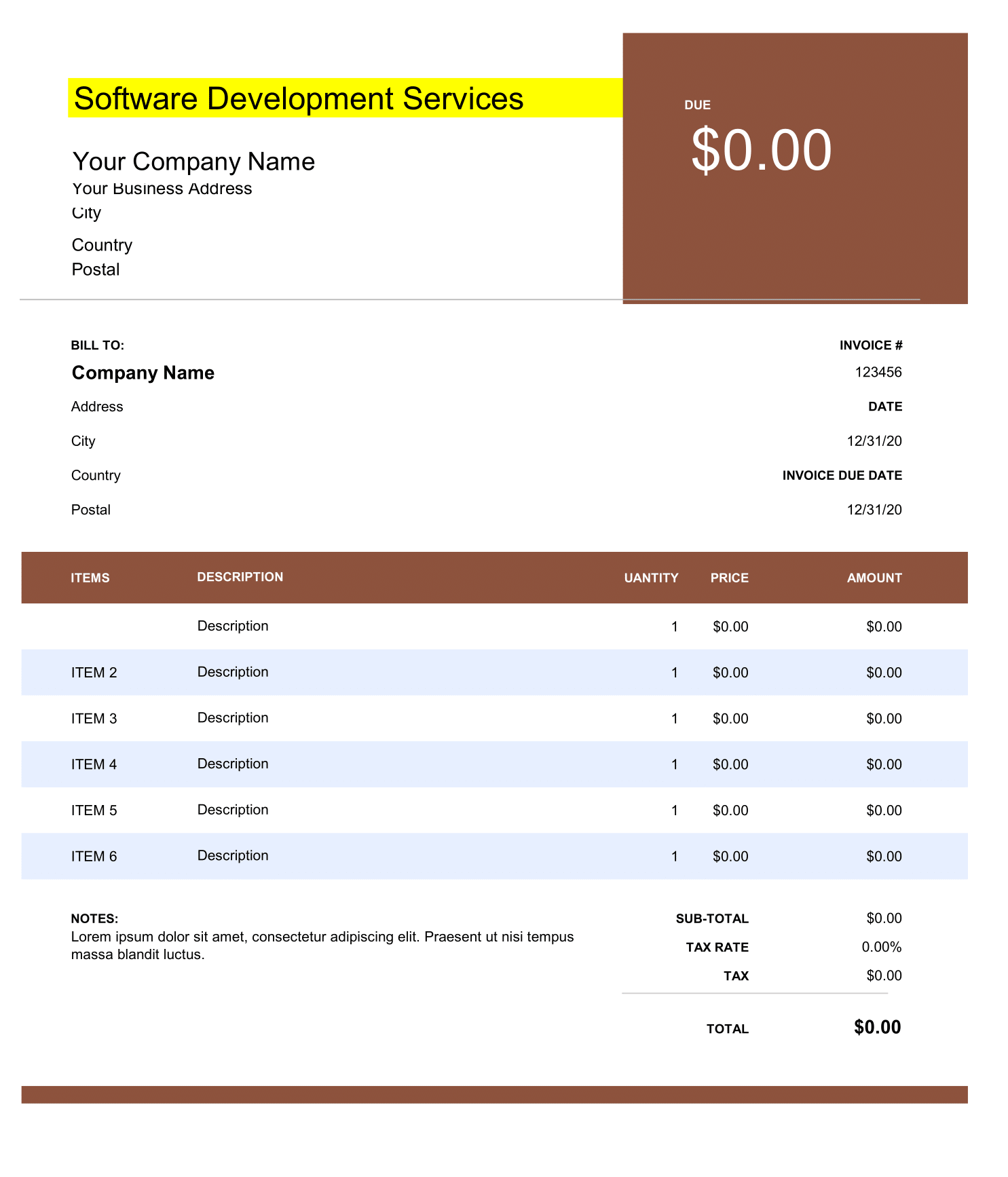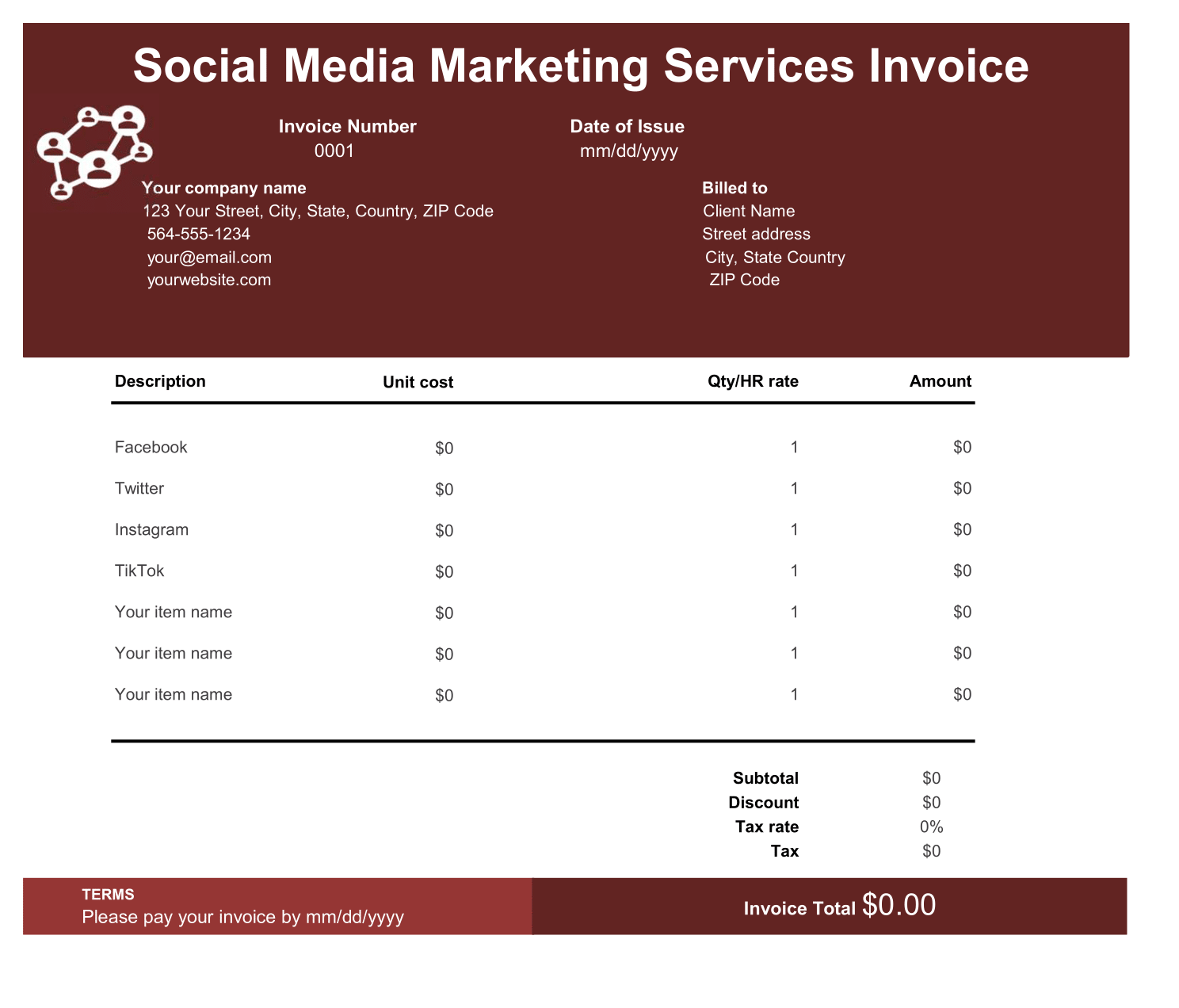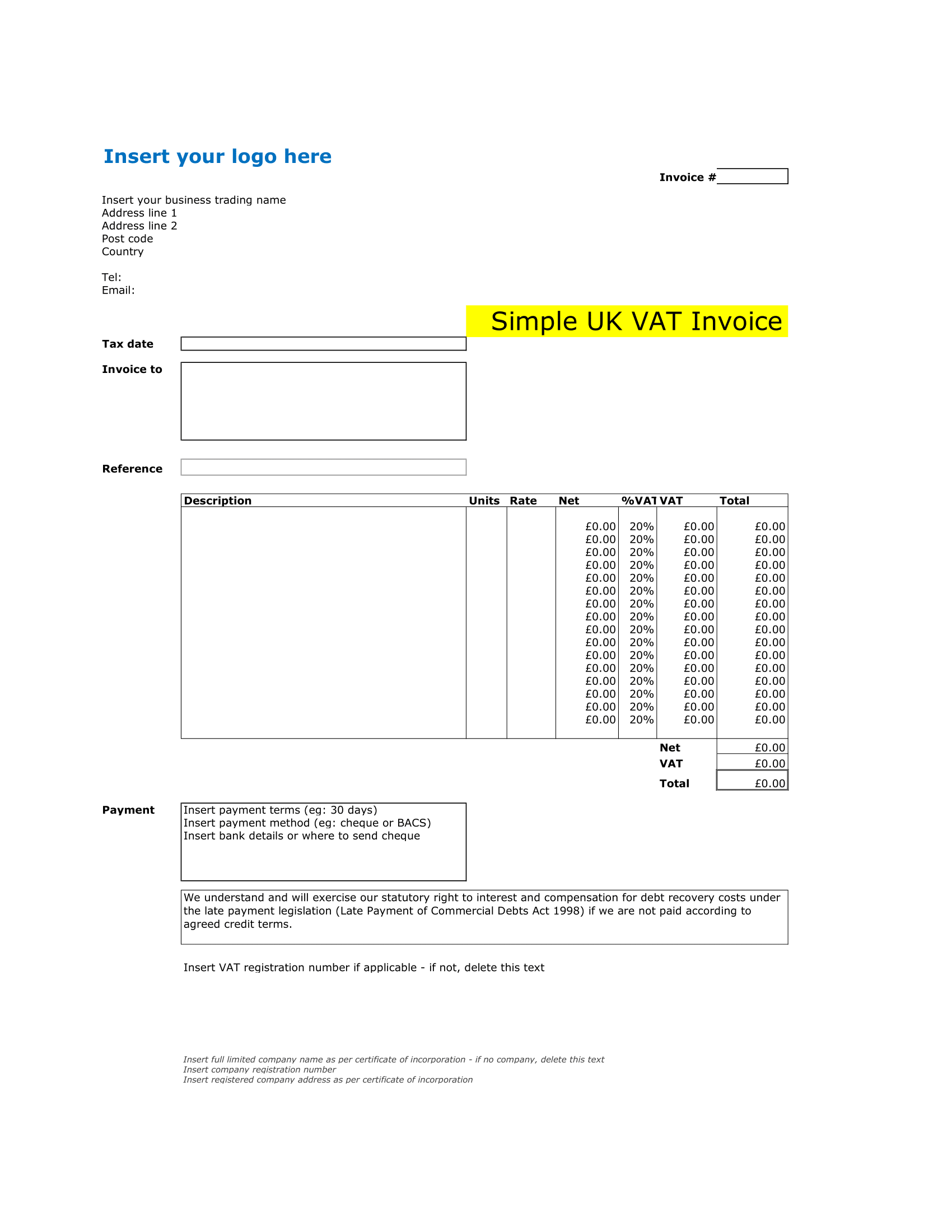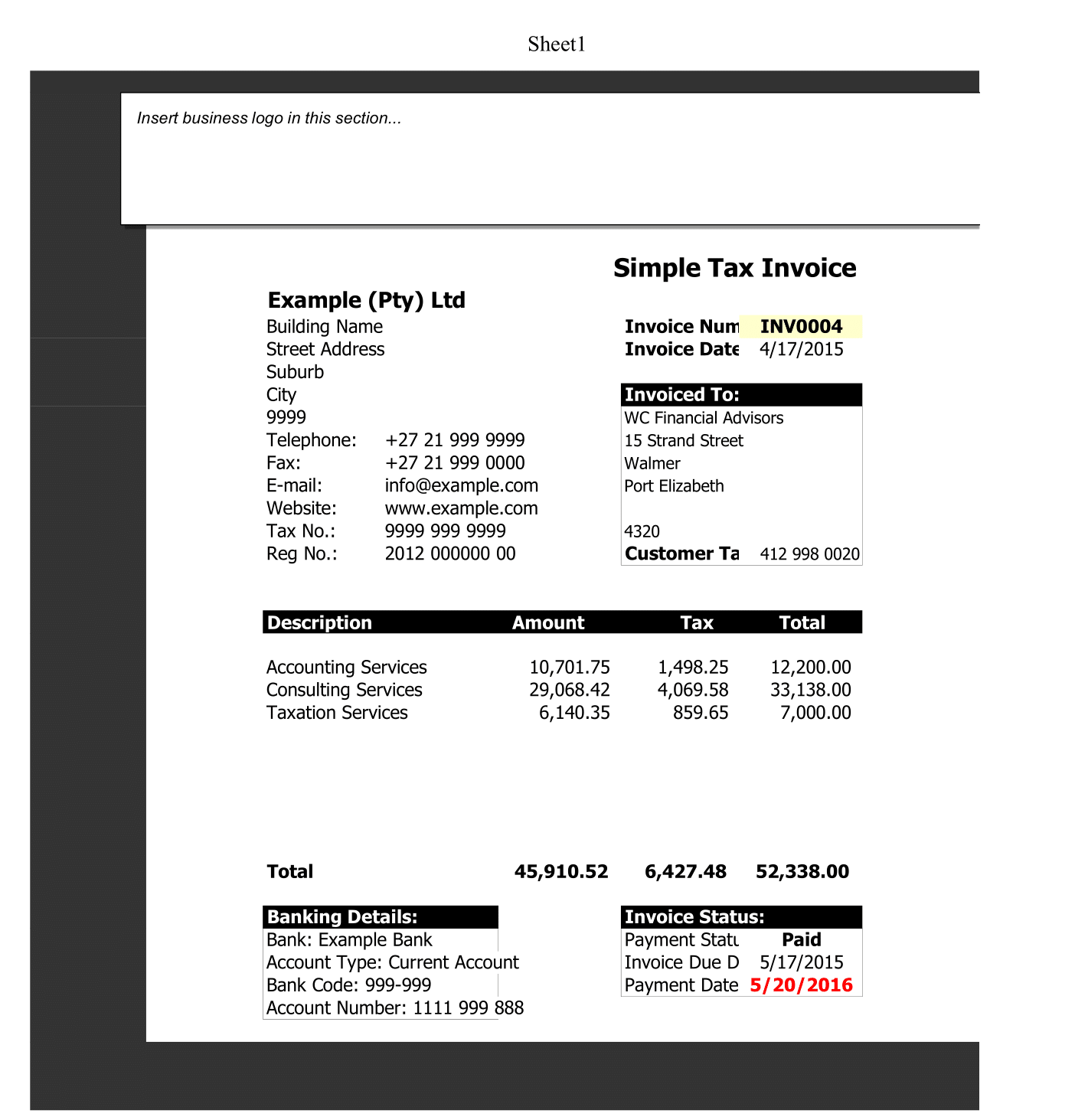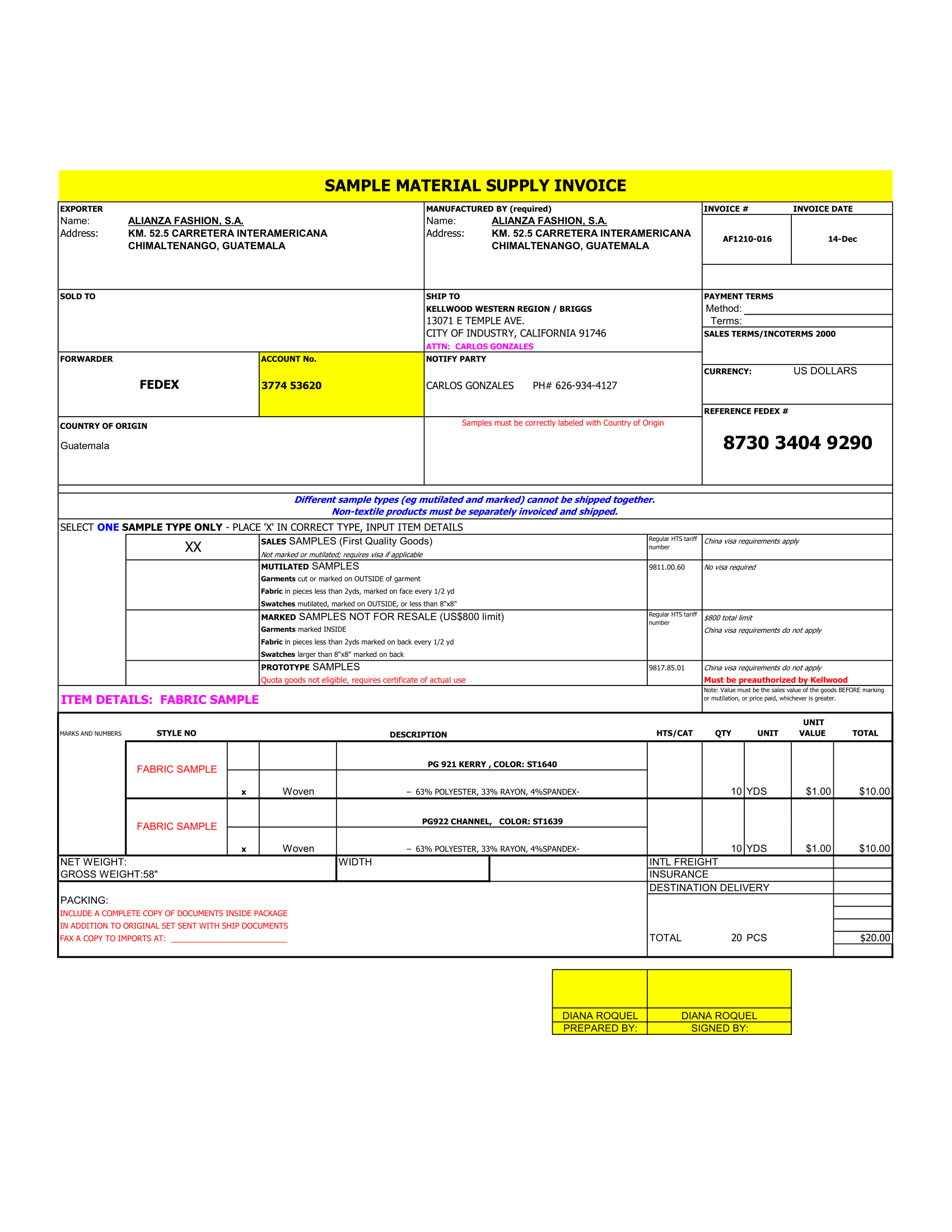Need an easy way to list all of your medications, doses, when you’re taking them, and why? This free Medication List template helps you to create just the thing. Print a copy of this and take it with you when you visit your doctor, pharmacist, or other healthcare worker.
A drug list – also called a formulary – lists your health plan and preferred medicines. You’ll usually pay some less when you choose a drug that’s on the list. Our search tools makes it easy to see if your prescriptions is on the list.
What should a medication list include?
The list include the name of the medication, the dose, and the number of times a day you have to take it. It includes information about how to take the medication (with or without food, as a pill, as a shot) medicine name. Include information about any allergies. Share the list with your close friends, family, and caregivers.
What is the purpose of medication list?
By keeping a list of your medications and bringing it with you to every doctor’s appointment or trip to a pharmacy, you can provide important information for your doctor visit and pharmacist to improve your health and prevent potential problems.
Why is medication list important?
Make a list of all medications you take and also help your loved ones do the same. This medication list will be a valuable safety tool for you and your relations. It can prevent the errors, such as missing medications or doubling up on the same or similar medication.
What is in a medical chart?
A medical chart is a thorough record of a patient’s medical history and clinical data over time. Information such as demographics, vital signs, diagnoses, surgeries, antidepressants list, treatment plans, allergies, laboratory results, radiological studies, list of antibiotics immunization records are included.
What are the 3 classifications of medication?
The Act defines three categories of medicine: prescription only medicines (POM), which are available from a pharmacist if prescribed by an appropriate practitioner; pharmacy medicines (P), available only from a pharmacist but without a prescription; and general sales list (GSL) medicines which you may have bought from.

